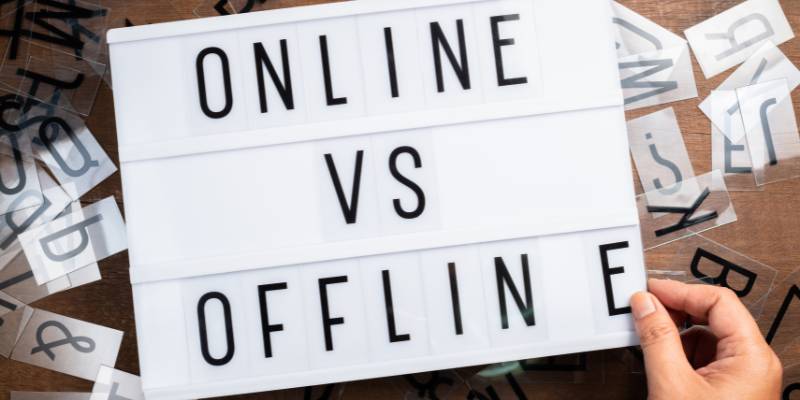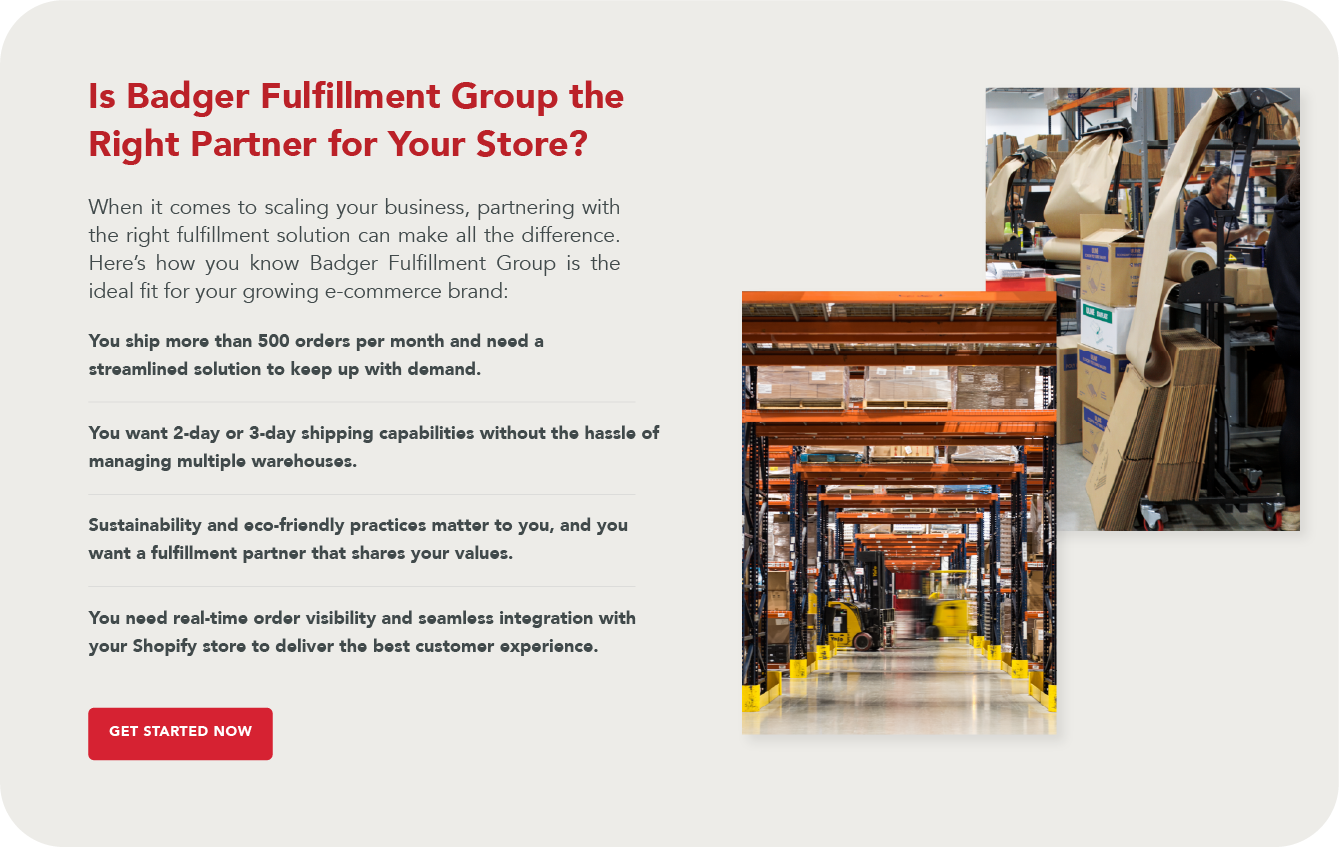Key Sections:
- What is Omnichannel Retailing?
- Benefits of Blending Online and Offline Experiences
- Current Trends in Omnichannel Retail
- Creating a Seamless Customer Experience
- The Importance of Efficient Logistics
- Inventory Management Across Channels
- Challenges in Implementing Omnichannel Strategies
- Why Some Consumers Still Prefer Brick and Mortar
- Preparing for the Future of Retail
Integrating in-store and online sales strategies is essential for businesses aiming to create a seamless omnichannel experience. By combining the strengths of both brick-and-mortar stores and online shopping, retailers can enhance the customer journey, boost store sales, and increase overall customer satisfaction. Let’s explore key strategies and best practices to effectively merge online and offline sales channels, ensuring a cohesive and engaging shopping experience.
What is Omnichannel Retailing?
Omnichannel retailing integrates multiple shopping channels into one cohesive experience, blending online and brick and mortar shopping to create a seamless customer journey. This approach allows consumers to interact with a brand through various touchpoints, whether they are shopping online, using a mobile app, or visiting a physical store. The goal is to provide a consistent and unified experience regardless of the channel, making it easier for customers to shop how they want, when they want.

Benefits of Blending Online and Offline Experiences
Blending online and offline shopping offers several advantages. Enhanced customer convenience is a significant benefit, as customers can shop online and pick up in-store (BOPIS), enjoy home delivery, or return items to physical locations. This seamless integration fosters increased brand loyalty by providing a consistent and reliable shopping experience across all channels.
Additionally, improved data collection and personalization allow retailers to better understand customer preferences and offer tailored recommendations and marketing campaigns.
Personalizing the Shopping Experience
Personalization is a key factor in modern retail. Customized product recommendations, based on data insights, can significantly enhance the shopping experience. Personalized marketing campaigns tailored to customer behavior and preferences help in engaging customers more effectively. Implementing loyalty programs and rewards that recognize and incentivize repeat customers can further drive customer loyalty and satisfaction.
Current Trends in Omnichannel Retail
The retail industry is witnessing several trends that underscore the importance of integrating online and brick-and-mortar shopping. One prominent trend is the rise of click-and-collect services. This model allows customers to enjoy the convenience of online shopping while benefiting from the immediacy of in-store pickup. For example, a customer can buy online and pick up their order the same day, driving foot traffic to physical locations and potentially increasing additional in-store purchases.
Mobile apps are also transforming the in-store shopping experience. Features like product availability checks enable customers to see if an item is in stock before visiting the store, saving time and enhancing convenience. QR code scanning in-store provides instant access to product details, reviews, and even tutorials, enriching the shopping journey. Mobile payment options, such as those supported by Shopify, streamline the checkout process, allowing customers to pay with various methods, including digital wallets and contactless payments. This reduces wait times and enhances overall satisfaction.
Experiential retail is another growing trend, focusing on creating memorable and engaging in-store experiences. Retailers are increasingly incorporating interactive displays that allow customers to interact with products in innovative ways. For example, beauty stores might use augmented reality (AR) mirrors to let customers virtually try on makeup. Events such as in-store workshops, product demonstrations, and pop-up shops create a dynamic shopping environment that attracts and retains customers. Personalized services, such as one-on-one consultations and customized recommendations based on online behavior, further enhance the customer experience by making it more tailored and relevant.
These trends collectively contribute to a seamless omnichannel experience by leveraging the strengths of both online and offline channels. They not only enhance convenience and engagement but also drive customer loyalty and increase sales, illustrating the vital role of integrating in-store and online sales strategies in modern retail.
Creating a Seamless Customer Experience
Creating a seamless customer experience is crucial for successful omnichannel retailing. Key elements include consistent branding across channels, ensuring that customers recognize and trust the brand no matter where they shop. Streamlined customer service that can handle inquiries and issues across all channels is essential for maintaining customer satisfaction. Unified customer profiles allow for a personalized shopping experience, while consistent messaging and visuals reinforce the brand’s identity. A cohesive customer journey from browsing to purchase, regardless of the channel, helps build brand loyalty and trust.
The Importance of Efficient Logistics
Efficient logistics are the backbone of a successful omnichannel fulfillment strategy. Partnering with a third-party logistics provider (3PL) like Badger Fulfillment Group for example offers numerous benefits, including cost savings, scalability, and expertise in handling complex logistics operations. 3PL’s such as Badger Fulfillment Group can help ensure timely and accurate deliveries, maintaining a consistent brand experience across all channels. Efficient logistics directly impact delivery times and customer satisfaction, making them a critical component of the omnichannel experience.
Badger Fulfillment Group leverages advanced technology through their extensive order integrations for real-time inventory management, streamlining order processing, and optimizing fulfillment operations for both online and in-store purchases. Our integration capabilities ensure that customers receive their orders promptly. Moreover, Badger Fulfillment Group’s scalable operations allow retailers to manage peak seasons and promotional events without compromising service quality.
Inventory Management Across Channels
Real-time inventory tracking helps manage stock more effectively, ensuring that all channels have access to the same inventory data and reducing discrepancies. Centralized inventory management systems allow retailers to maintain optimal stock levels, preventing both shortages and excesses. Utilizing a third-party logistics provider (3PL) can further enhance inventory management by leveraging their expertise and technology. A 3PL ensures accurate inventory tracking and efficient stock management, improving operational efficiency and enhancing the customer shopping experience by ensuring consistent product availability.
Challenges in Implementing Omnichannel Strategies
Implementing an omnichannel strategy comes with its own set of challenges. Technological integration is a significant hurdle, as ensuring that all systems and platforms work seamlessly together can be complex and costly. Data synchronization across channels is critical but challenging, as keeping data consistent and up to date is essential for providing a seamless experience. Additionally, training staff for omnichannel operations is necessary to ensure they can handle multiple channels and provide a consistent customer experience.
Why Some Consumers Still Prefer Brick and Mortar
Despite the growth of online shopping, physical stores still hold significant appeal:
- Tactile experience: Feeling and trying products before purchasing.
- Instant gratification: Immediate purchase and use of products.
- Personal interaction: Engaging with knowledgeable staff who can provide advice and assistance.
- Social experience: Shopping as a leisure activity and a way to spend time with friends and family.
Preparing for the Future of Retail
To stay competitive, retailers must remain agile and adaptable, ready to respond quickly to changes in the market. Investing in technology and infrastructure is crucial to support an omnichannel strategy. Focusing on customer-centric strategies, prioritizing the needs and preferences of customers, will be key to success in the evolving retail landscape.
Blending online and brick and mortar shopping is the future of retail. By embracing omnichannel strategies, leveraging technology, and focusing on efficient logistics and inventory management, retailers can create a seamless and enjoyable shopping experience for their customers.
Other Helpful Resources
To further explore the concepts and strategies discussed, here are some additional resources that can provide valuable insights and guidance:
- Efficient Logistics and 3PL Services – Learn more about how partnering with a 3PL can enhance your retail operations.
- Omnichannel Retailing Insights – Explore more articles and insights on omnichannel retailing.
- Shopify: Omnichannel Retailing – A comprehensive guide to understanding and implementing omnichannel strategies.
- Forbes: The Future of Retail – Insights and analysis on the future of retail from industry experts.
These resources can help you delve deeper into the world of omnichannel retailing and optimize your approach for a seamless customer experience.





